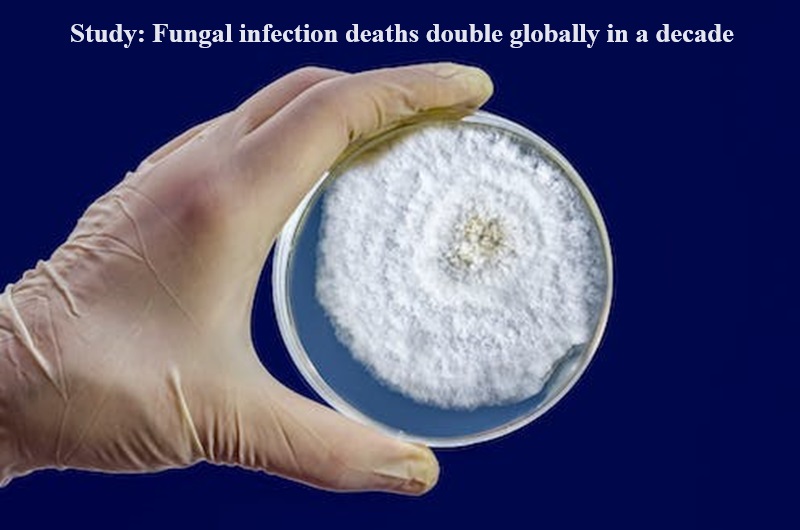
More than a decade ago, initial estimates indicated an annual global death toll of approximately two million due to fungal infections. Recent research has uncovered a nearly twofold increase, with the current estimate soaring to around 3.8 million deaths annually. This alarming figure represents approximately 6.8% of total global deaths.
A comparative analysis of global mortality statistics underscores the significant role fungal infections play in the overall mortality landscape. Fungal-related deaths have become a noteworthy contributor, standing out in contrast to other causes of mortality. For instance, pneumonia, encompassing some fungal cases, accounts for 2,600,000 deaths, while tuberculosis, potentially involving undiagnosed fungal diseases, registers 1,208,000 deaths. Fungal-related deaths constitute a significant portion, comprising one-third of the 3,228,000 deaths attributed to smoke-related lung disease, specifically Chronic Obstructive Pulmonary Disease (COPD).
Despite advancements in fungal disease diagnostics, challenges persist in terms of accessibility and utilization, not only in low-income countries but globally. Gaps in diagnostic services, exemplified by the absence of tests for certain common fungi, contribute significantly to preventable deaths. The timely identification of severe Aspergillus infections, crucial for intervention within a 48-hour window, has the potential to save millions of lives annually.
The primary culprits responsible for fatal lung infections are Aspergillus fumigatus and Aspergillus flavus. Individuals with underlying lung conditions such as asthma, tuberculosis, and lung cancer, along with those with leukemia or who have undergone organ transplants, face heightened risks of fungal infections leading to severe outcomes. As the research sheds light on the escalating impact of fungal infections on global mortality, there is a pressing need for enhanced accessibility to diagnostic tools and interventions, particularly for vulnerable populations.

Post Your Comments